How to survive an ultramarathon
Fear and self-loathing (and lots of love and lessons learned) on the Montane Lakeland ultra, the UK’s equivalent of the UTMB
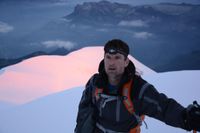

Two things are happening in the ultrarunning world this weekend. Firstly, hundreds of runners will set off through the Alps, traversing highly technical trails around Western Europe’s mightiest mountain and crossing the tallest and pointiest bits of three countries – France, Italy and Switzerland – while competing in a 106-mile race commonly considered to be the absolute pinnacle of mountain scampering: the Ultra Trail du Mont Blanc [external link] known to its friends, fans and foes as UTMB. And secondly, one of Britain’s very best ultramarathon events – the Lakeland 100 [external link] – will open entries for next year. For both of these reasons, in between lacing up my best running shoes and hitting the trails with inspired excitement, I shall be eagerly scanning my screen for news.
An acronym that sends a shiver of excitement or a frisson of fear through the minds and muscles of most runners, the UTMB is a brutal and brilliant event, during which the frontrunners will record incredible times and perform seemingly superhuman feats of endurance and athleticism. But even the slowest entrants endure experiences and encounters that will, for better or worse, stay with them for the rest of their lives. Stories will form and friendships will be born over the next 48 hours – such is the nature of ultrarunning.
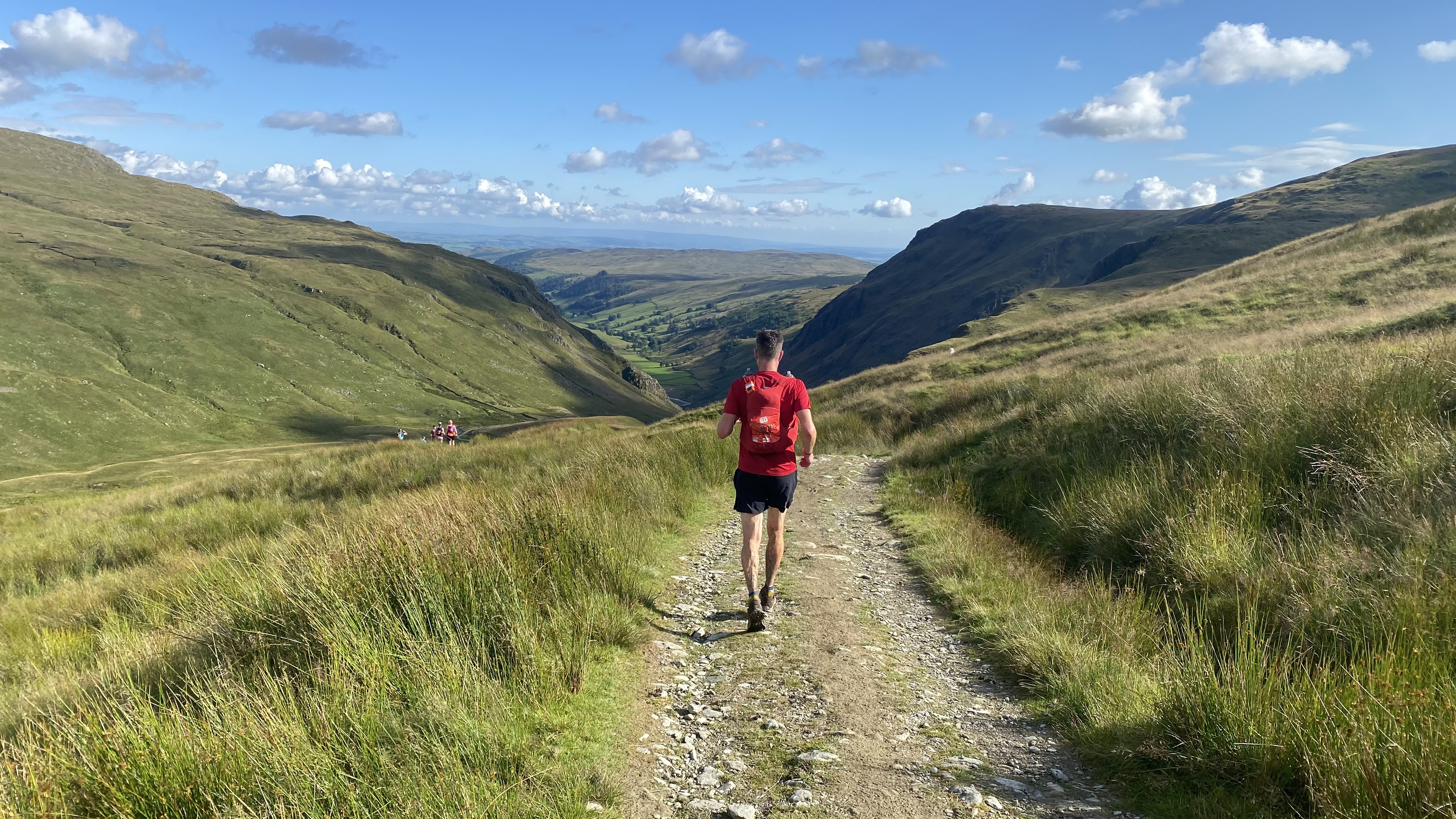
Chasing the sun
Most folk, upon first hearing about running events involving such ridiculous distances and levels of elevation, react with amazement, reverence or complete incredulity, questioning the very possibility of people performing at that level for that long. But I’ll let you into a secret: the vast majority of the field at any ultramarathon event is comprised of completely ordinary people. Just like you and me. I know, because I’ve been there, in amongst them, running (and walking – more of that later) the same trails, at the same time in the same conditions. And I’m anything but special.
Okay, so I haven’t tackled the actual UTMB (it’s rather tricky getting a spot these days), but I have recently had a crack at the British version of it – the legendary Lakeland ultra – albeit the 50-mile course, rather than the 100-mile one (I’m not a complete idiot). And I have some tips and tricks on how to get through an ultra-length challenge that appears, on paper, to be completely impossible.
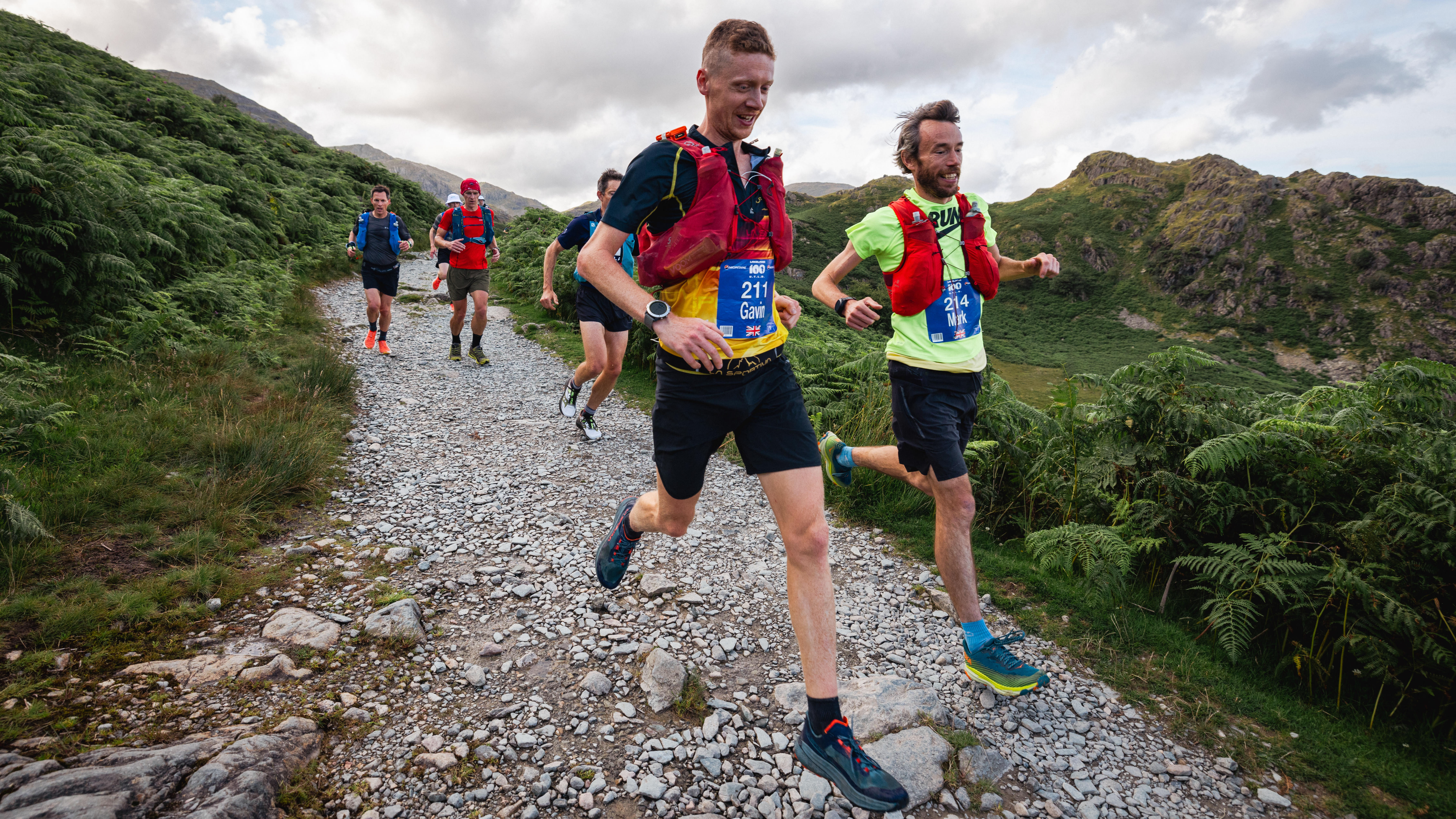
Remember to enjoy yourself out there. Here’s Mark Darbyshire (right), 2024 Lakeland 100 winner and grinner. (He finished with a frankly ridiculously fast time of 18 hours 45 mins.)
The Lakeland
Now in its 17th year, the Lakeland 100 was originally envisaged as Britain’s answer to the UTMB. While the Lake District lacks the snow-capped peaks of the Alps, it has plenty of elevation and Cumbria is, of course, the birthplace and home of fell running – a completely unique form of wild running with is own culture and ethos. Although the course isn’t marked and runners do have to self navigate through the fells, the Lakeland route does follow established trails and there are checkpoints with food along the way (plus you get a fancy T-shirt and a medal at the end of it all), so the race isn’t really a fell-running event, but that’s by the by, and if the UK was ever going to have a version of the UTMB, it really couldn’t be anywhere else.
So here it is. The full 100-miler (actually, in true UTMB style the ‘100-mile’ course is actually longer, around 104 miles according most people’s smartwatches) starts and finishes from the shores of Coniston Water. Starting at 6pm on a Friday evening, the now-legendary loop sends runners straight uphill to clamber around the gnarled shoulders of the Old Man of Coniston, before tackling a route with 6,300 metres of ascent that takes in some of Cumbria’s most incredible (and infamous) dales, fells, pikes and passes, skirting Scafell (England’s highest peak) and Wast Water (the country’s deepest puddle) and tracing the banks of several beautiful bodies of water, including Buttermere, Ullswater, Haweswater and Windermere (England’s longest lake).

Running single file along Haweswater
Those doing the 50-miler (like me) join the course at Dalemain, just before Pooley Bridge near Ullswater, and set off at the more social hour of 11.30am (ish). The sight of the 100-mile runners – who had been running for nearly 18 hours by the time we started (through a dense dark night and a severe rain storm that woke me in my tent at 5am) – was humbling. I was nervous enough about doing a 50-mile course – I could barely comprehend what they’d already done, let alone what lay ahead. And my nerves were well justified. Far from a soft option, completing the 50-mile (80km) route demands you do a double marathon (almost), with 3,100 metres of climbing, crossing some properly unforgiving and very technical terrain, while carrying enough gear to ensure you are entirely self-sufficient and can live long to tell the tale.
Get all the latest news, reviews, deals and buying guides on gorgeous tech, home and active products from the T3 experts
Happily, survive I did – and here are my tips on how you too can take on an ultra, and even learn to love it.

Many ultrarunners opt to use poles
Get your entry in
Marry in haste, the old adage goes, and you can repent at leisure. Enter an ultramarathon in haste, however, and your repentance is anything but leisurely. But until you get your name in the frame and a date on the calendar it’s not real, and you won’t start training in earnest – you may even give up on the idea altogether. Plus, there are more masochistic fools out there than you might realise, and ultra events sell out fast. The ballot (yep, ballot, it’s that popular) for the 2025 Lakeland 50 and 100 [external link] opens at 9am on 1 September – this Sunday – and will remain open for 48 hours. (The event itself unfolds over the last weekend in July.)

Get your gear sorted
As soon as your entry is confirmed, start preparing your race kit. The very last thing you want to be dealing with is wardrobe failures or equipment calamities while out on the course, so you need to know that your gear is comfortable (over many miles) and reliable. Besides the best trail running shoes you can find (with good grip and excellent cushioning – I went with a pair of Merrell MTL Skyfires), you will require a comfortable technical top and running shorts, a couple of pairs of tried-and-tested socks, a set of base layers (tops and bottoms), a lightweight waterproof jacket (I was using the Montane Phase Nano jacket [external link], which weighs just 250g but offers excellent breathability and waterproof protection) and pants, plus running gloves and a hat. No matter how fast you are, you will be out on the fells in the dark at some point, so a reliable headtorch is essential. Lots of people like to run with trekking poles, but this is very much a personal preference thing.
All reputable ultrarunning events will issue a required gear list, which, as well as all of the above, will likely require you to carry a first-aid kit, extra layers, emergency food (beyond the gels, bars and supplements you usually take out running), plus a map and a compass. All this stuff will need to be carried in a race-ready, run-specific hydration pack. I used the brilliantly capacious, highly breathable Montane Gecko VP 12-plus, which comes with two soft flasks that I was able to quickly fill at each checkpoint, boasts plenty of pockets for organizing your stuff into, and has a massive amount of carry capacity, but also keeps everything compact and secure while you run – I highly recommend it.
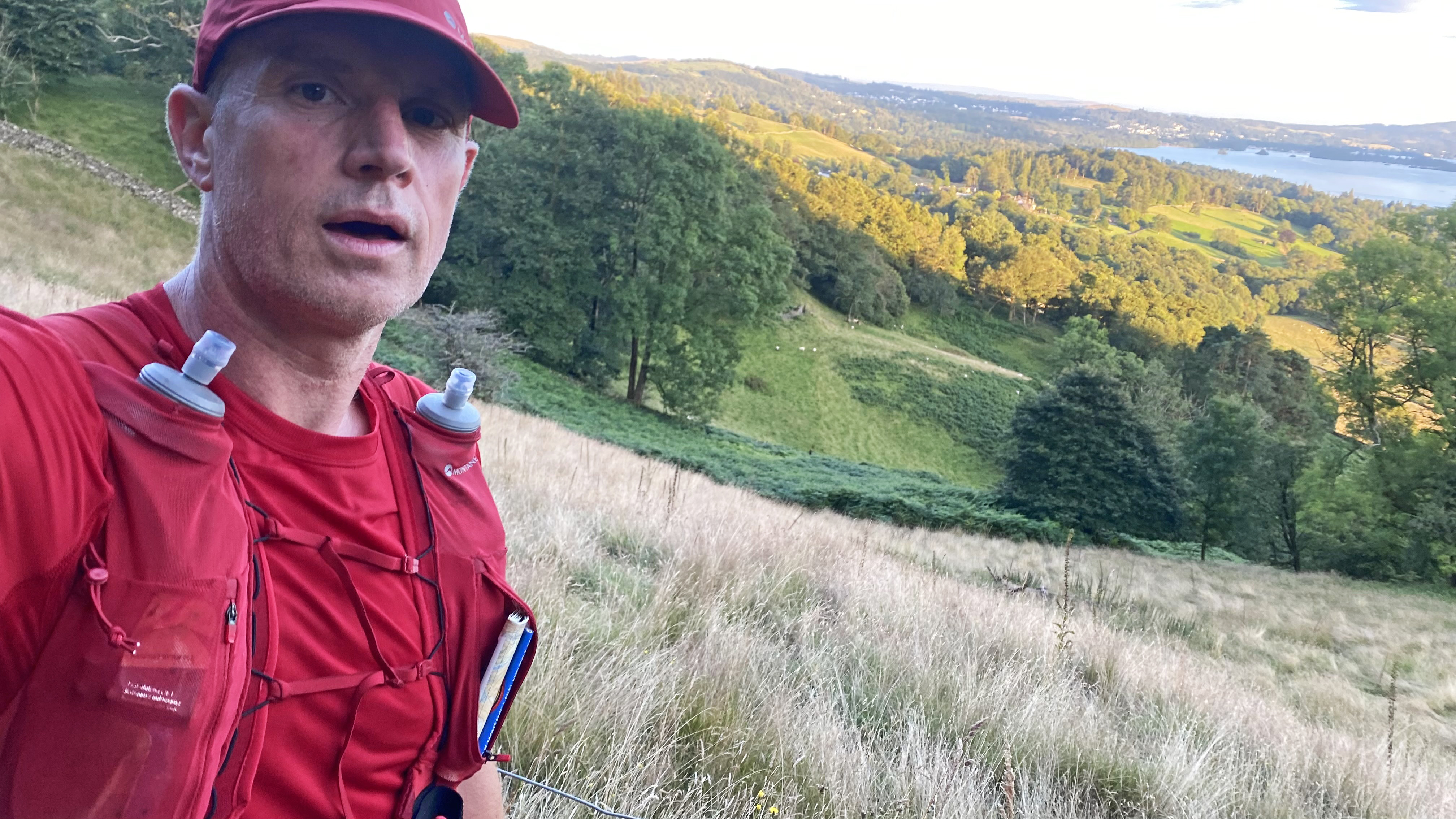
Should have trained more…
Train and prepare (for pain)
Regardless of which distance you opt to take on, the Montane Lakeland ultra is an event that takes people to the very limit of their endurance, and then mercilessly shatters quite a few of them. There are times when you're going to hate yourself – either for not training enough, or for entering the bloody event in the first damn place. The figures – especially the rate of attrition – tell the story better than I can. Between 40 and 50% of the people that set out to do the 100-mile course do not get to the end under their own steam (the broom wagon is busy).
I ended up entering the Montane Lakeland 50 late in the day (full disclosure: I had a media entry courtesy of Montane), and I was undercooked for it, but I have done some big distances in the past, and I know how to hurt and keep going (ultrarunning is as much about your mental preparedness and approach as it is about physical fitness). I did, however, get in as much training as possible prior to the event, taking in some longer distances while carrying the pack I subsequently used for the race. If I had tried to do the 100-miler without a better (longer) training plan, I would have come spectacularly unstuck.
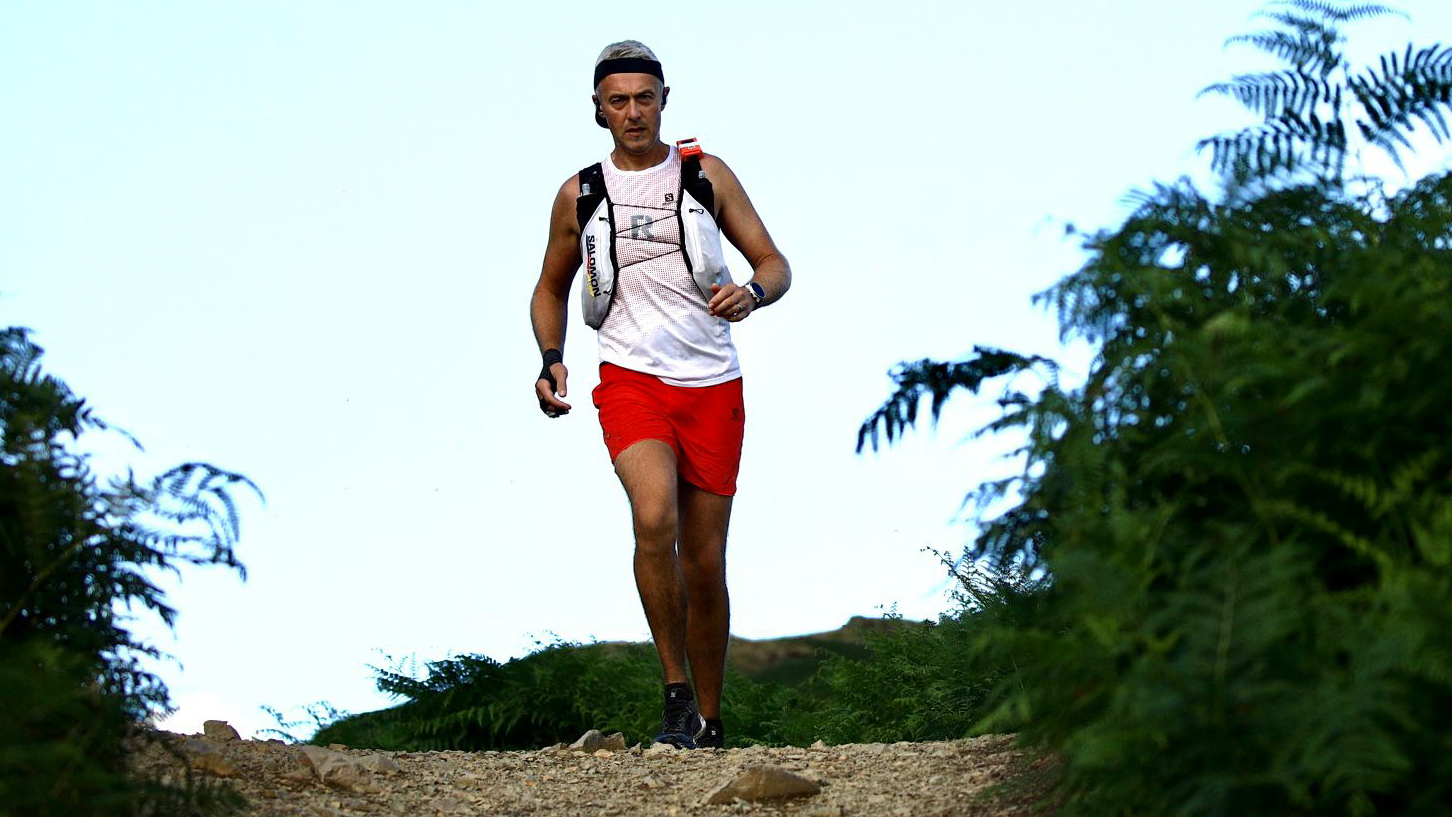
Tom Sutton from Freedom Racing [external link] tackling the Lakeland 100
Do your research and don’t over pack
While it’s vitally important to at very least meet the minimum gear requirements (they’re there for your safety) and carry enough sustenance to keep you fuelled up in an emergency, many ultras – including the Montane Lakeland – have excellent checkpoints where you can get food, water, electrolytes and various treats (we had stew, soup, cheese toasties and massages available to us in the Lakes, sometimes served by people dressed as Santa and Darth Vader – it does feel like you’re hallucinating at times, and if you’re doing the 100, you very well might be).
Remember, ultrarunning events often operate a dropbag system around the halfway point, so you can put on fresh, dry gear and pick up new supplies (and dump stuff you no longer need). Read everything the race organisers send you about provisions, do some online research, talk to other runners who have done the event before, and check a good, reliable weather forecast close to the start. Don’t underestimate how much conditions can change in the hills, and how quickly, but equally, avoid carting more weight than you really need to – a few grams make a big difference over a long distance.
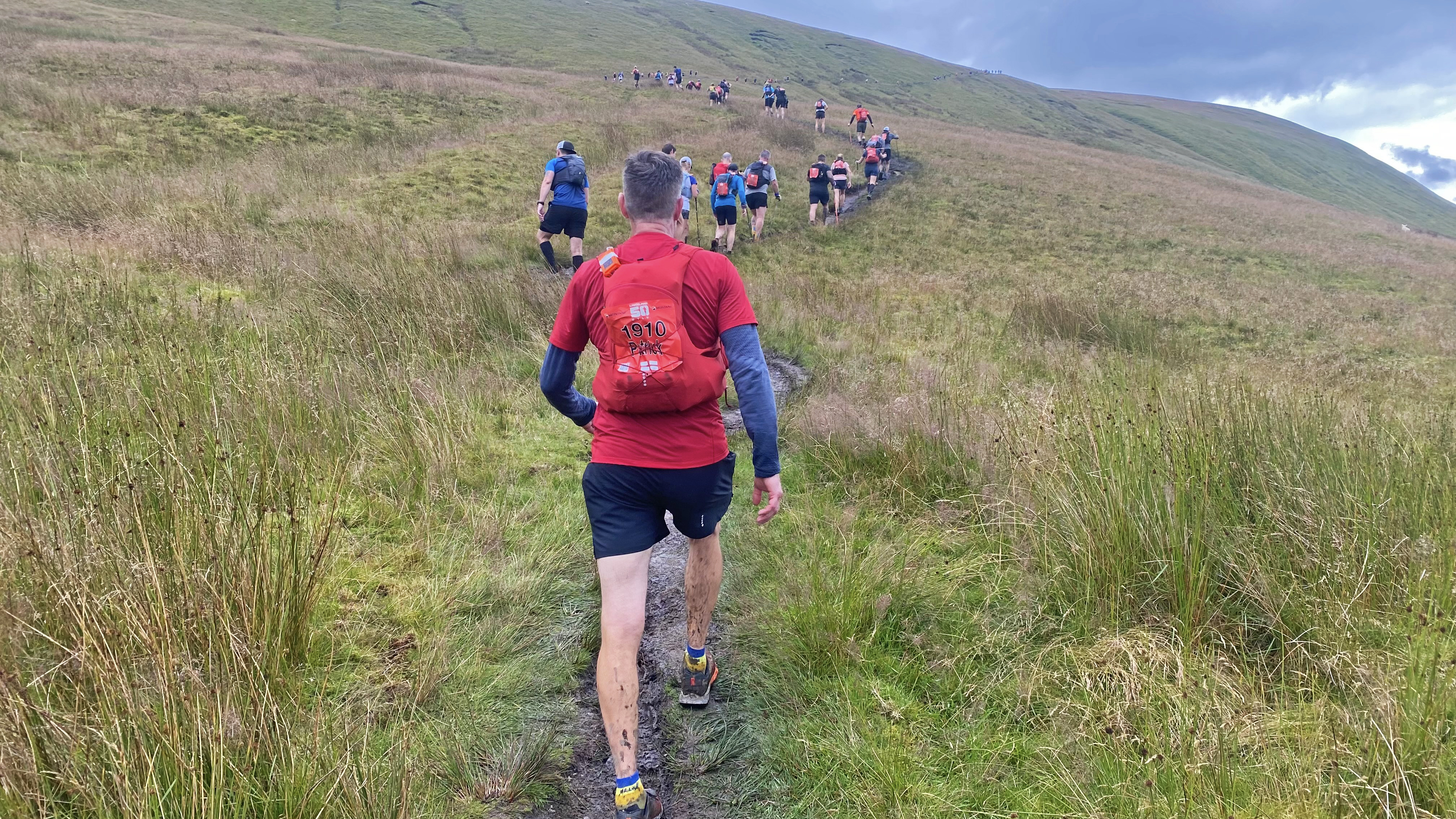
Do yourself a favour - walk the uphills.
Pace yourself
Unless you’re eyeing the podium, in which case you’re unlikely to be reading this, the only person you’re really racing is yourself. Be realistic and start off at a sensible pace. Ultrarunning involves a lot more walking than most people realise – don’t tell anyone, it’s a secret, but most of us walk virtually all of the uphill bits (increasingly so, as the miles and hours go by), run the flats (while we’re still capable) and basically let gravity do its thing during the descents.
Most ultra-length events have cut-off times, but they’re usually quite generous. You have 40 hours to complete the Lakeland 100, and 24 hours to finish the 50 – which means most people could effectively speed walk the course and just about make it. You’re better off finishing with a slightly slower time than DNFing. (At least, that’s my stance on it.)
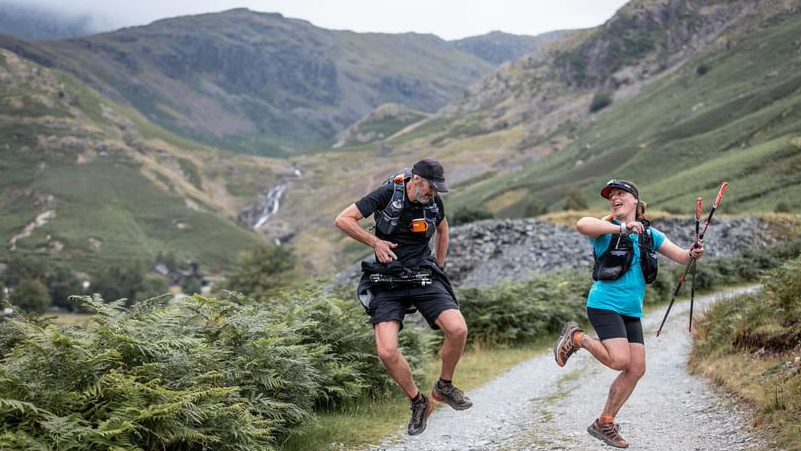
It's amazing who you meet on the trails…
Make some new mates
It’s all well and good running with friends and club mates, but don’t get pulled out of your comfort zone and forget to pace yourself properly (see above). Sometimes it’s better to fall in step with a total random who happens to be running at the same speed as you – this happens organically, whether you like it or not. Striking up a conversation with a complete stranger on a remote trail in the middle of the night can actually be a brilliant way to forget about the pain – this happened to me around the 35-mile mark of the Lakeland 50, when I started talking to a bloke called Quelly who was running next to me as we left the Ambleside checkpoint. We already had a common denominator – we were both stupid enough to be doing the event – and it transpired we had loads of shared interests (including supporting the same football club), and to my absolute amazement, the last 15 miles, which should have been the toughest, actually flew past.
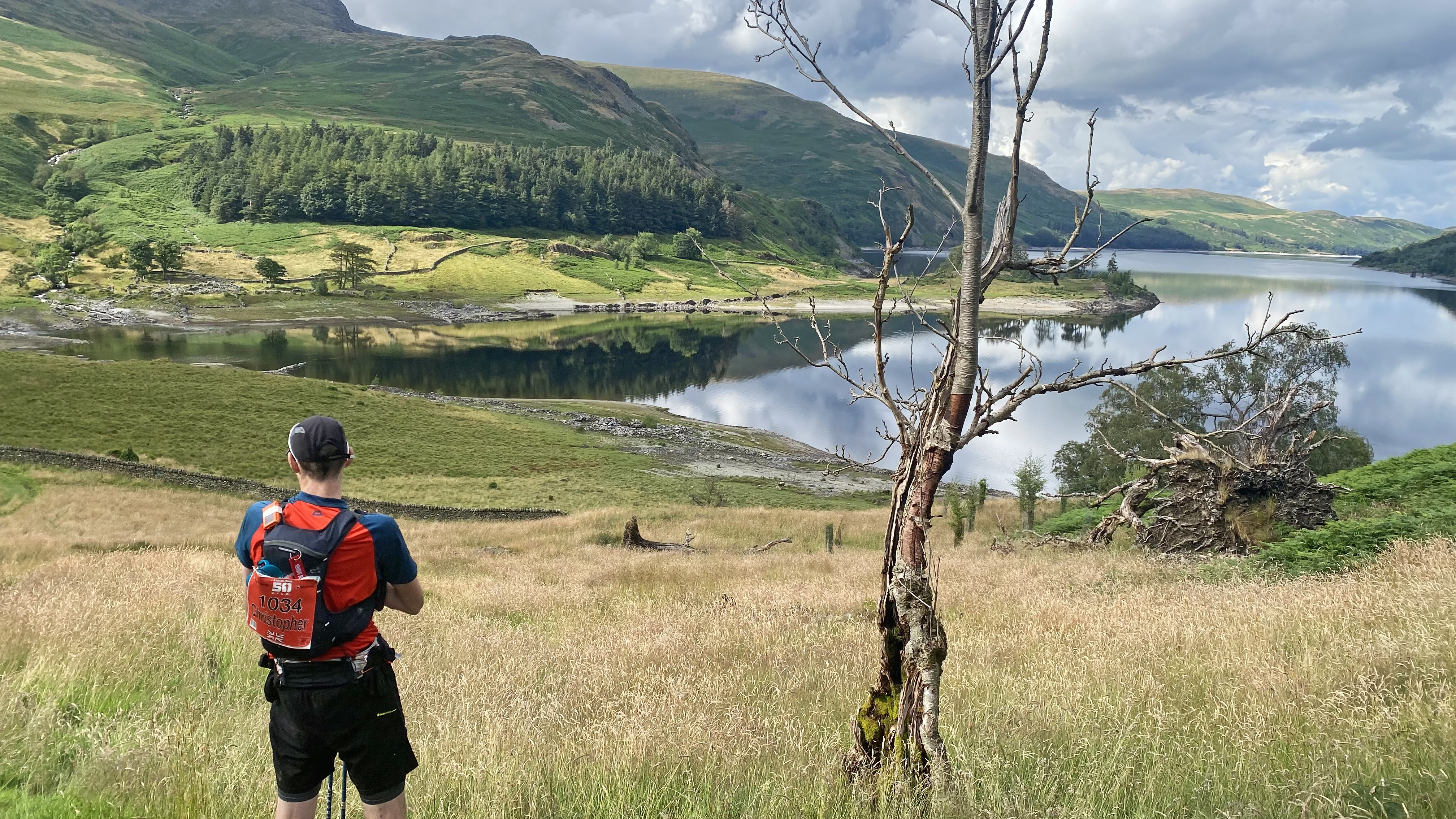
Taking in one of many voluptuous vistas en route
Remember to look up
It’s highly unusual for ultramarathons to take place on industrial estates. Usually these events – the Lakeland being a prime example – traverse national parks and areas of extraordinary natural beauty. It can be hard when you’re exhausted, but try and remember to look up and drink in the view as often as you can. Even stop and take the occasional photo on your phone – you’ll relish the memory trigger afterwards. Exploring such terrain is a big reason to do these things. Enjoy yourself – you paid to do this.
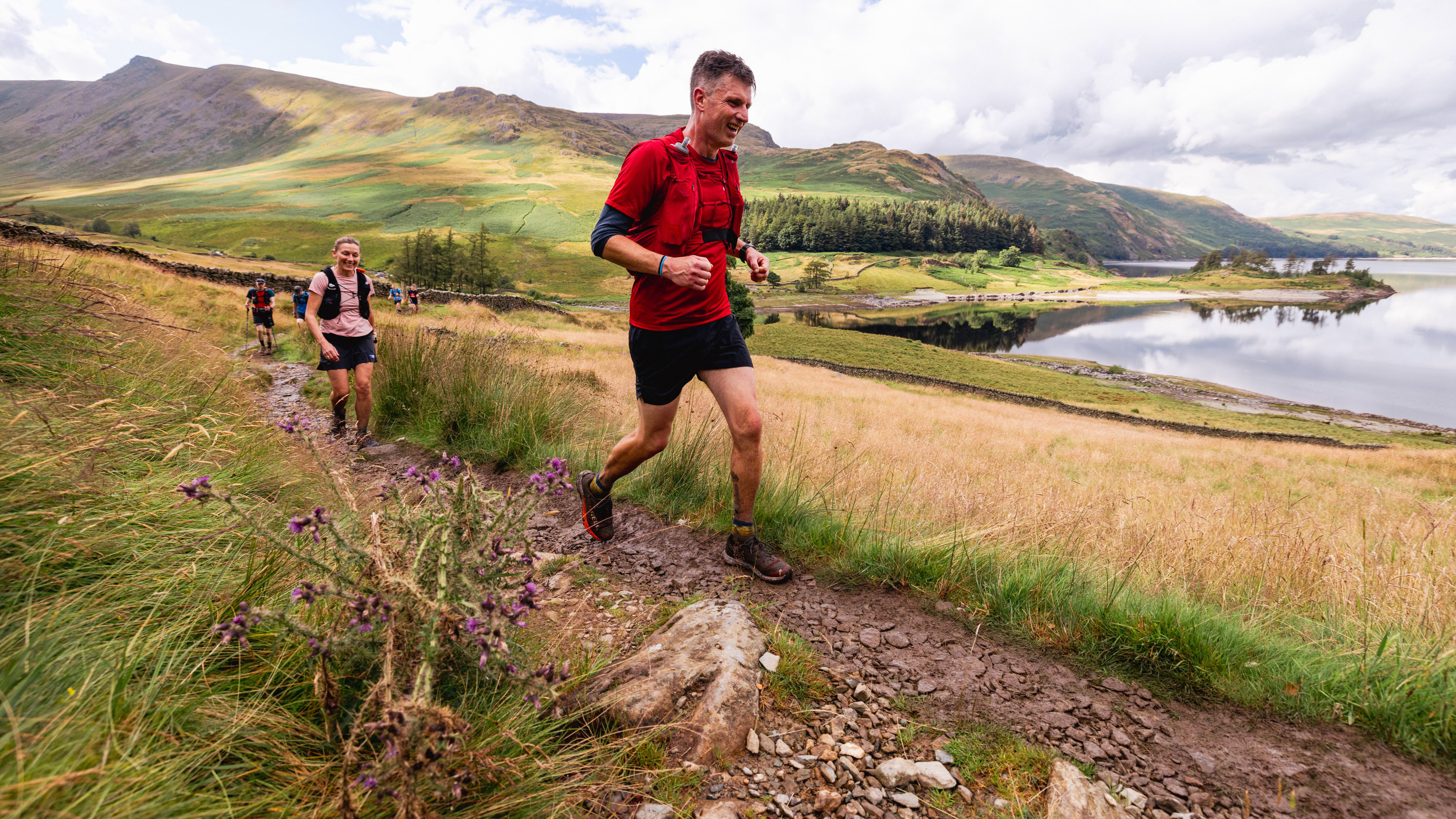
Pat manages a grin / grimace at Mardale
Embrace the event traditions
The Montane Lakeland ultra is steeped in traditions that have come to define the event and make it special for the people who come and do it (often multiple times). These range from having an operatic tenor sing the aria Nessum Dorma (which, appropriately, means ‘None Shall Sleep’) before the start of the 100-mile race (goosebump moment for competitors and spectators alike) to runners carrying a gold coin donation all the way around the course to drop in a bucket at the base of the final climb – Jacob’s Ladder, rocky steps named in memory of a young lad called Jacob Willet who sadly passed away – with all proceeds (plus extra from the organizers) going to a children’s cancer charity. Other events have their own traditions – embrace them and you will instantly feel part of the family.
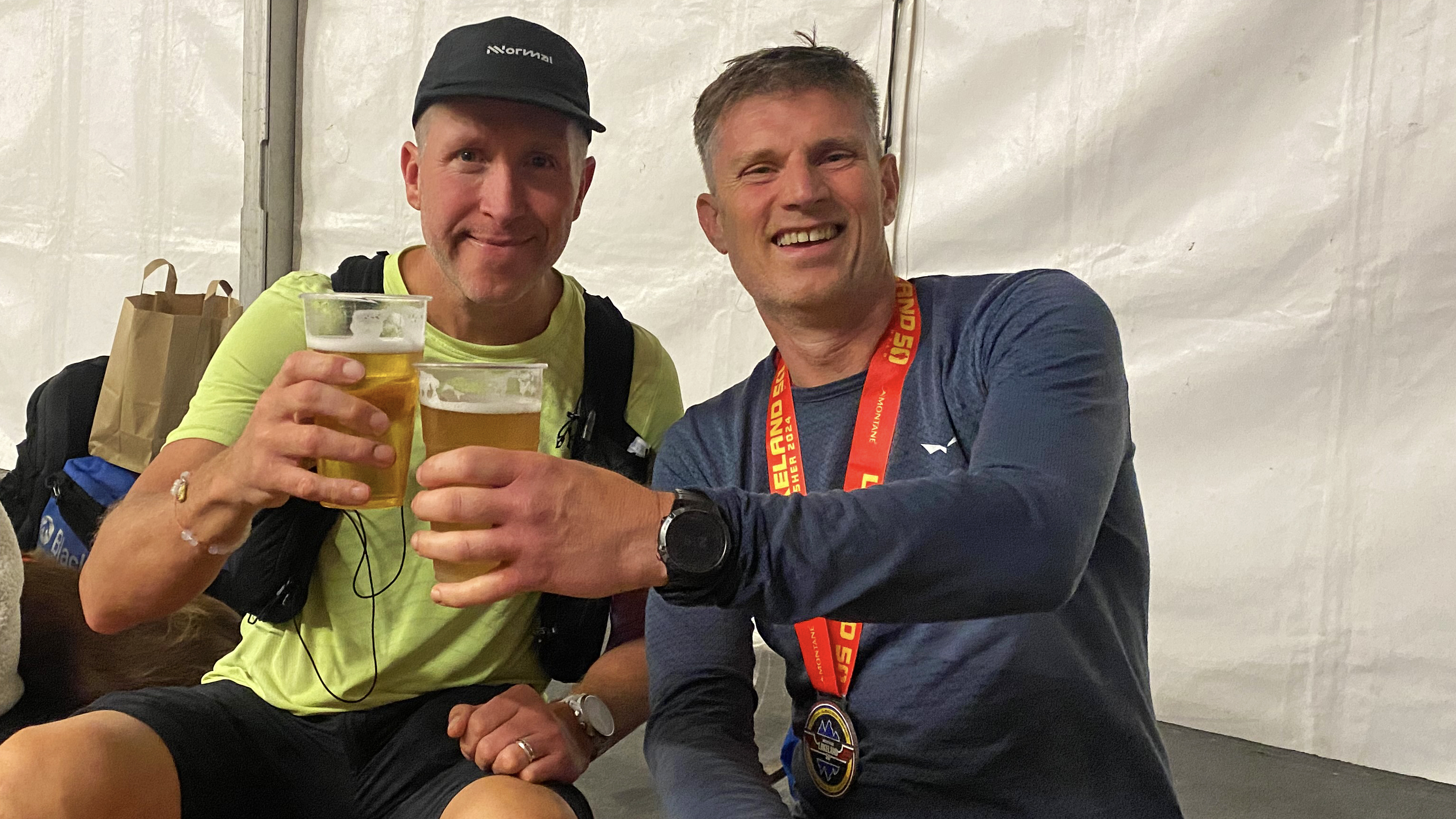
Cheers Quelly! See you next year…
Enjoy the after party
You might have trouble standing (or even sitting) straight at the end of it all, but the finish line is a very special place where an extremely warm welcome awaits those completing their running odysseys (I won’t spoil the surprise for those doing the Lakeland for the first time, but suffice to say, it’s emotional). Plus, the bar stays open for the entirety of the event, and you’d be surprised how well an ale (or two) goes down after all those miles. This is where those new friendships forged on the trail can really be cemented for life. But be careful, because…
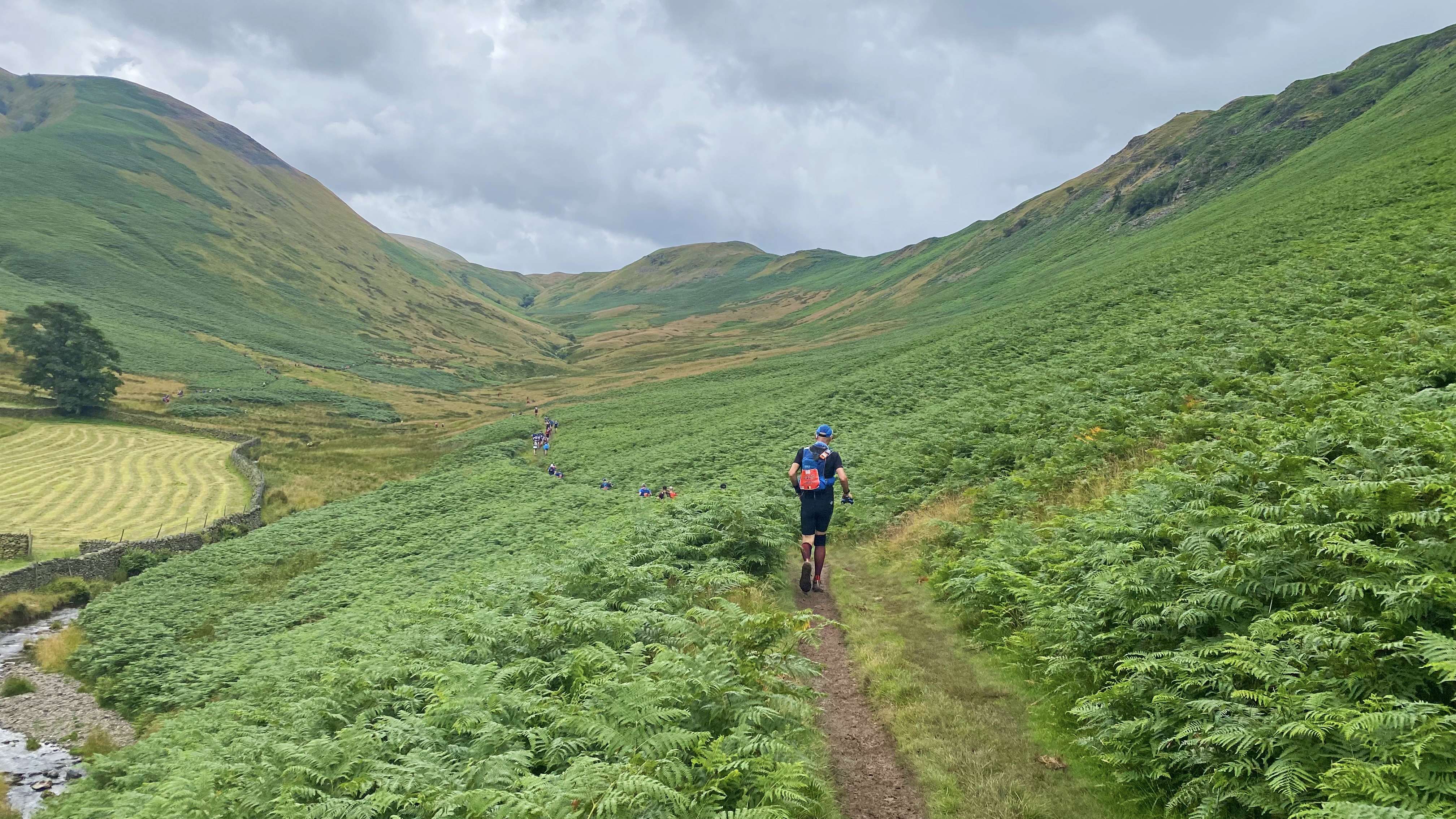
The dales are addictive
You’ll be back for more. Just accept it…
Amid the heady atmosphere and elation around the race HQ and finish line, plus the buzz from the beer (on top of some ferocious fatigue), it’s easy to very quickly forget the pain and start making pledges about next year’s event. Which is how Quelly and I ended up promising each other that we’d be back in 2025… to run the full 100-mile course this time. Oh god. Maybe I am a complete idiot after all. No time to repent at leisure – I’d best get out and do some training. Watch this space to see how we get on.
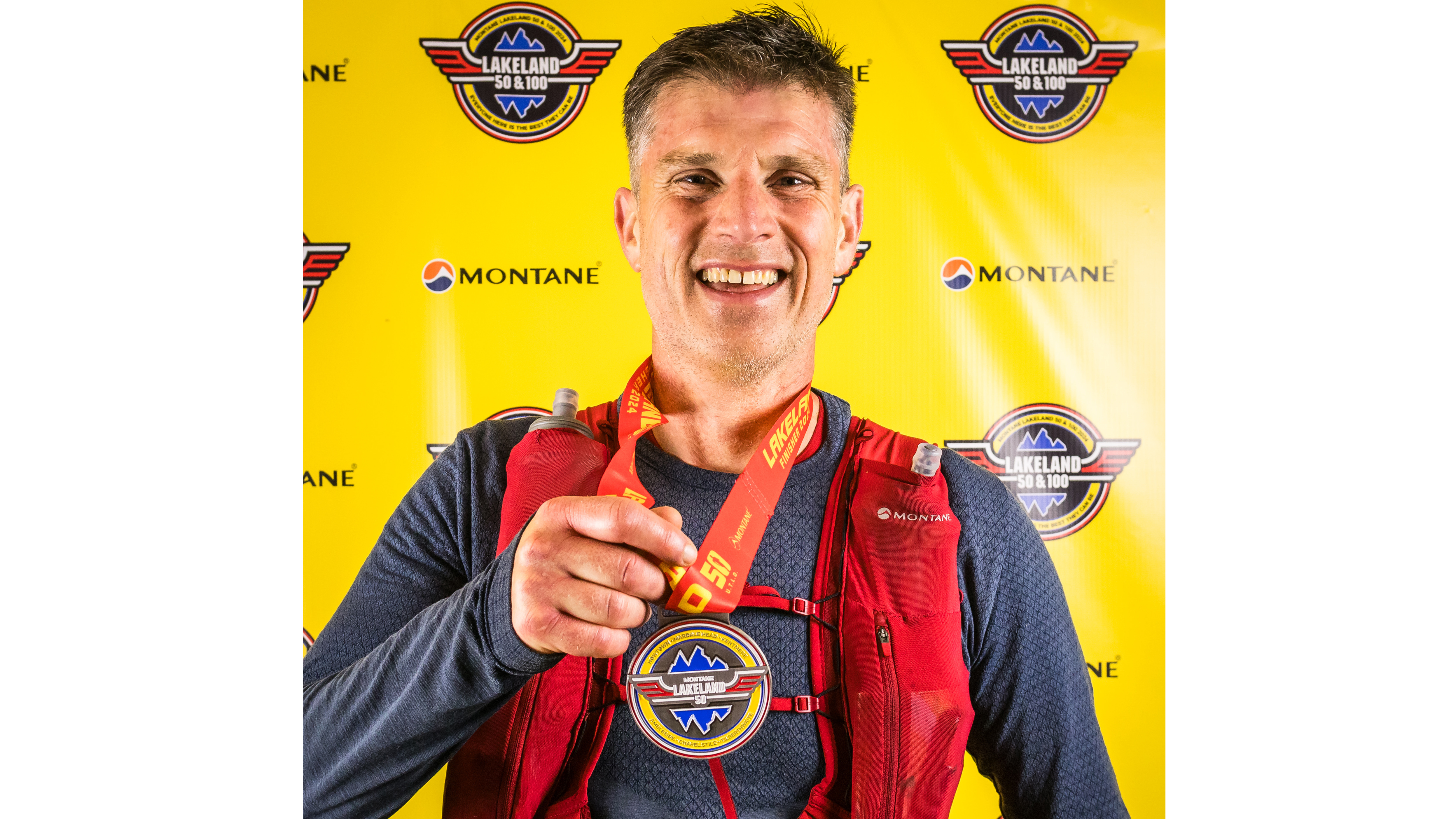
Yeah, I'll be back…
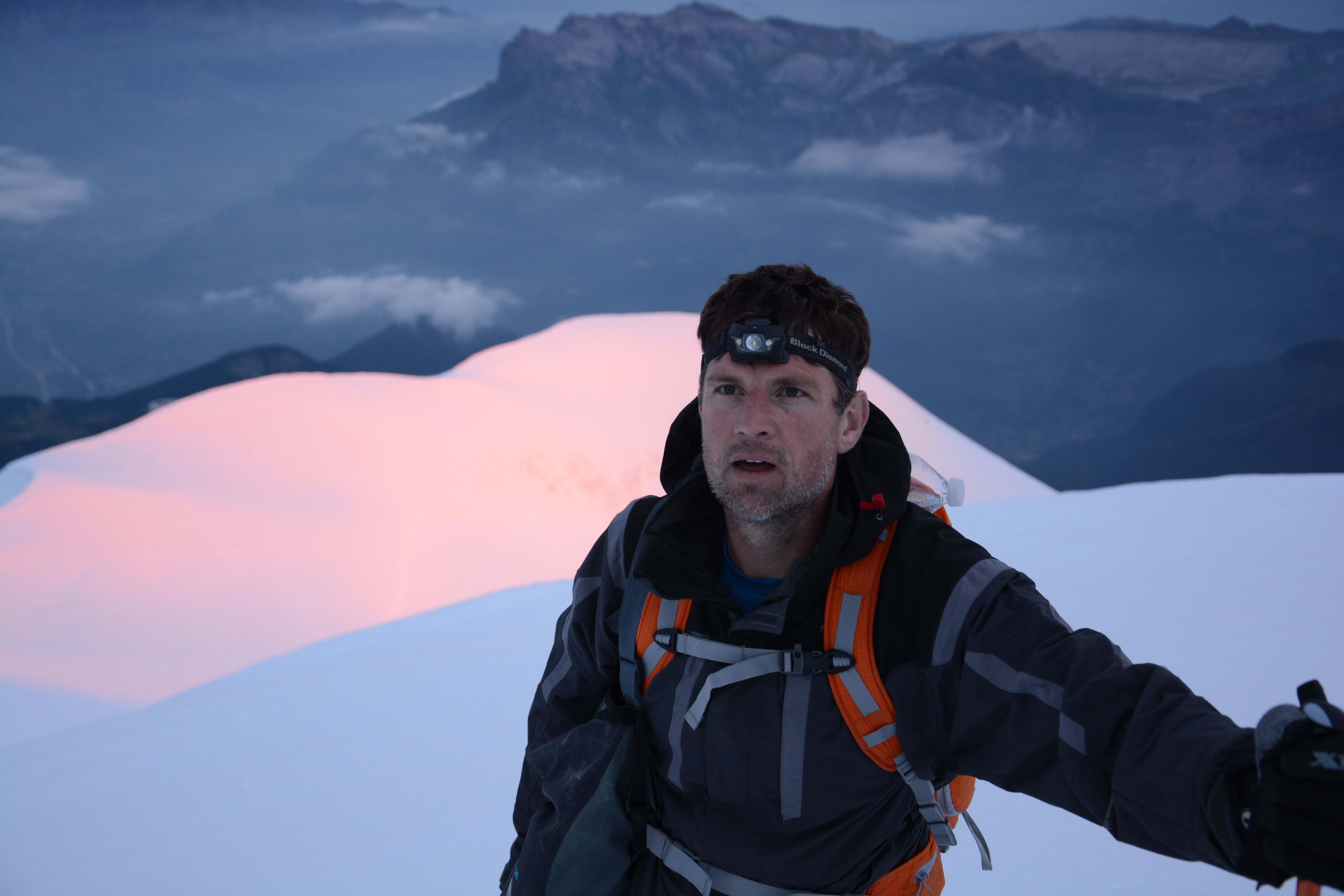
Author of Caving, Canyoning, Coasteering…, a recently released book about all kinds of outdoor adventures around Britain, Pat Kinsella has been writing about outdoor pursuits and adventure sports for two decades. In pursuit of stories he’s canoed Canada’s Yukon River, climbed Mont Blanc and Kilimanjaro, skied and mountain biked across the Norwegian Alps, run ultras across the roof of Mauritius and through the hills of the Himalayas, and set short-lived speed records for trail-running Australia’s highest peaks and New Zealand’s nine Great Walks. A former editor of several Australian magazines he’s a longtime contributor to publications including Sidetracked, Outdoor, National Geographic Traveller, Trail Running, The Great Outdoors, Outdoor Fitness and Adventure Travel, and a regular writer for Lonely Planet (for whom he compiled, edited and co-wrote the Atlas of Adventure, a guide to outdoor pursuits around the globe). He’s authored guides to exploring the coastline and countryside of Devon and Dorset, and recently wrote a book about pub walks. Follow Pat's adventures on Strava and instagram.